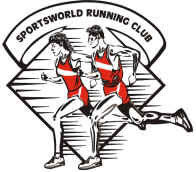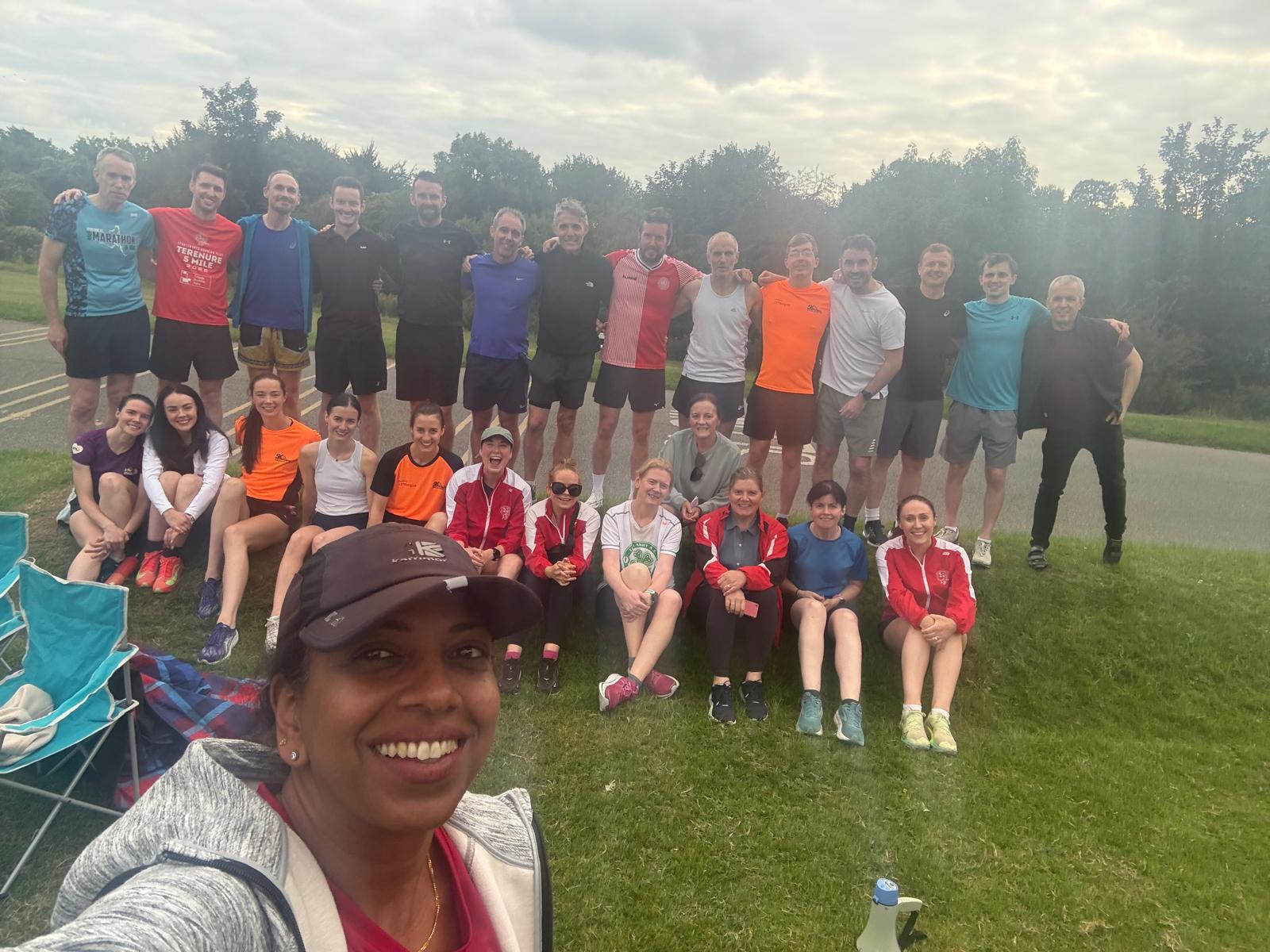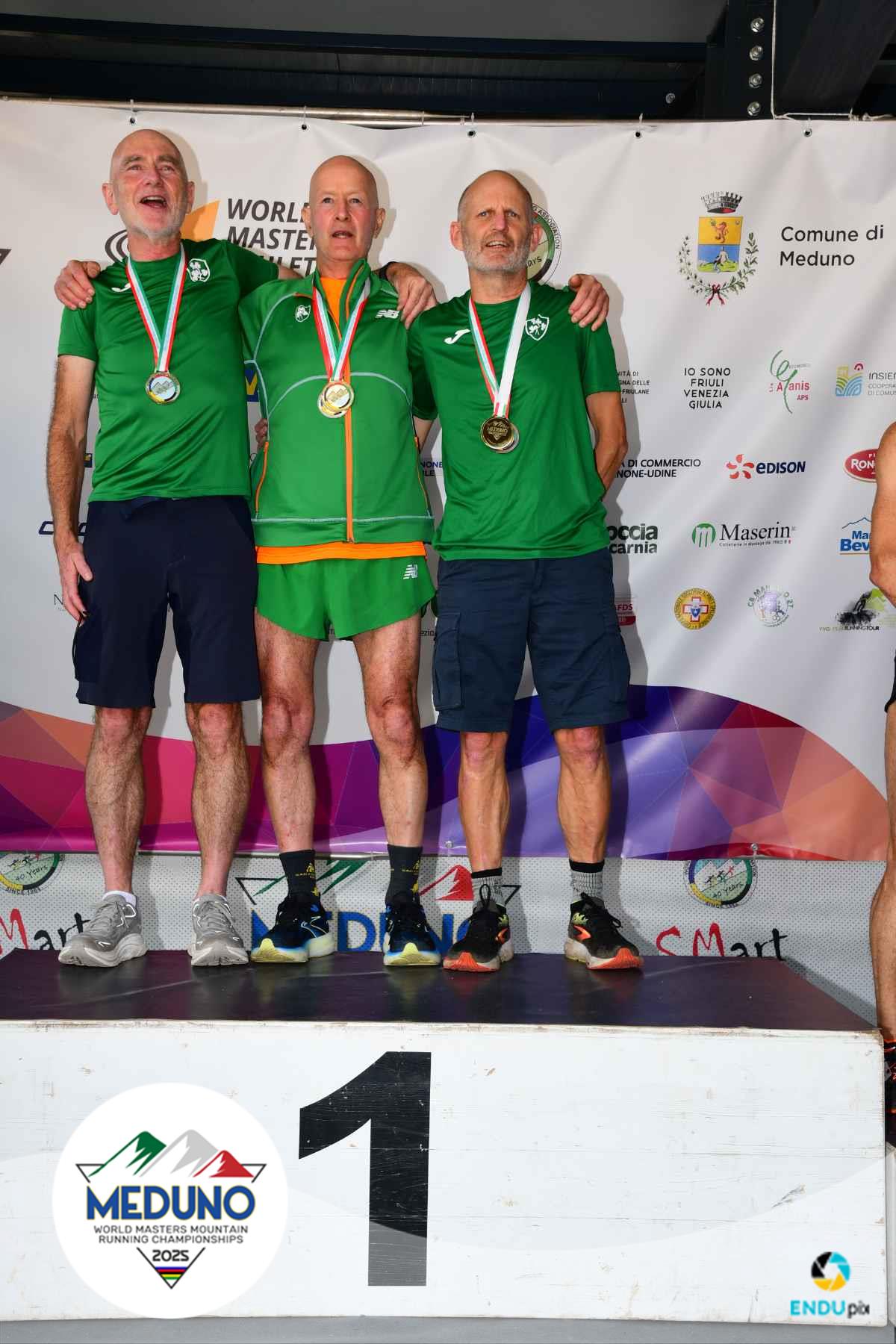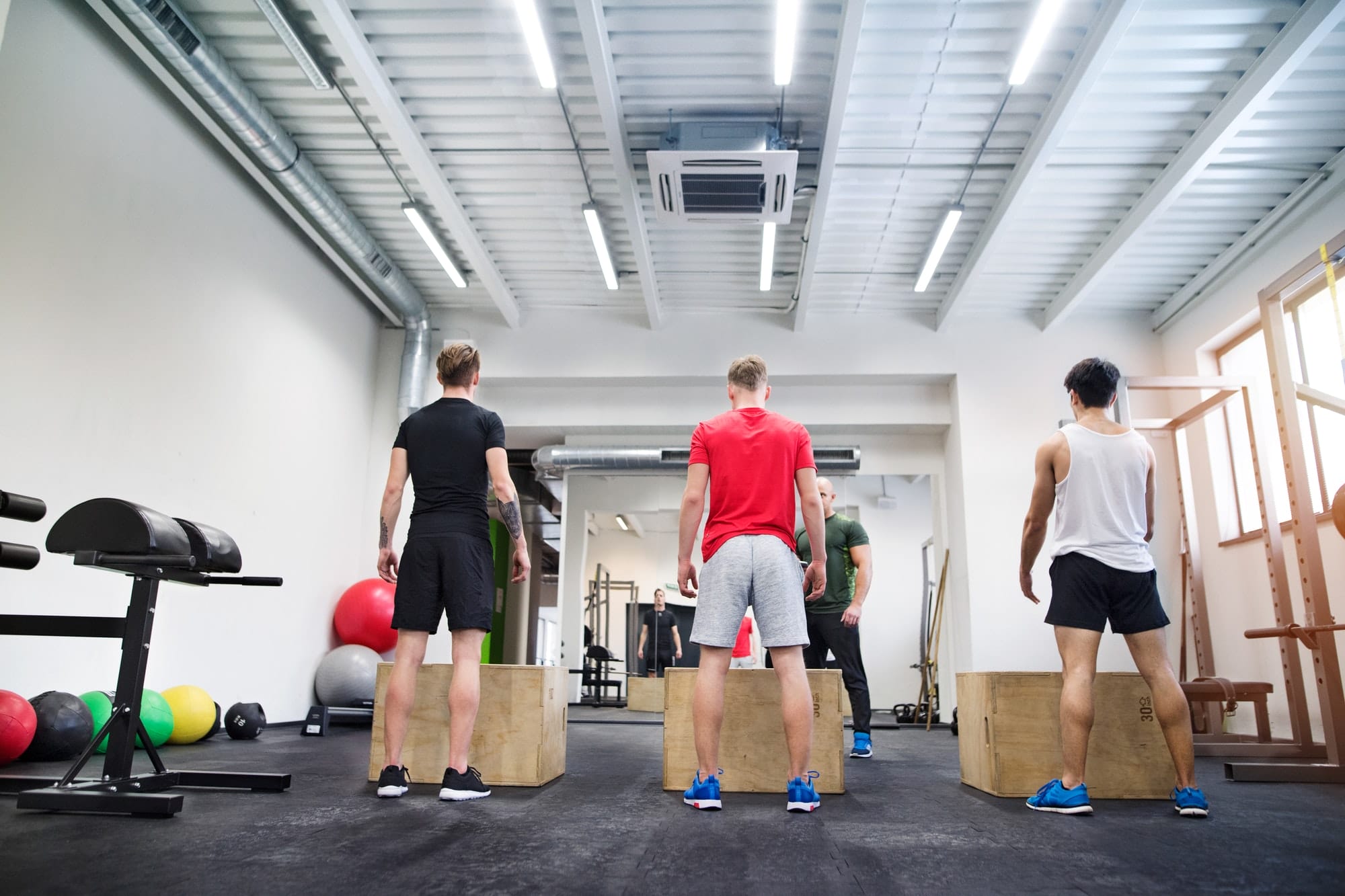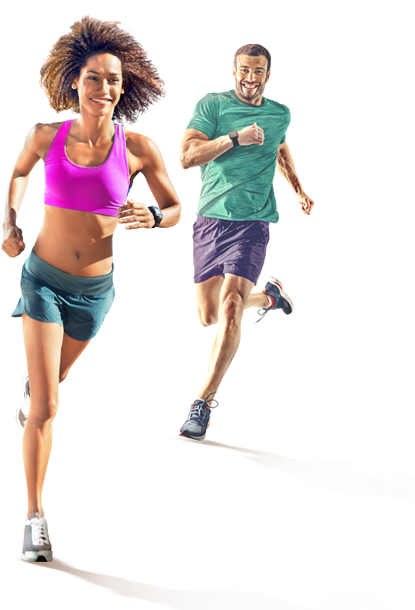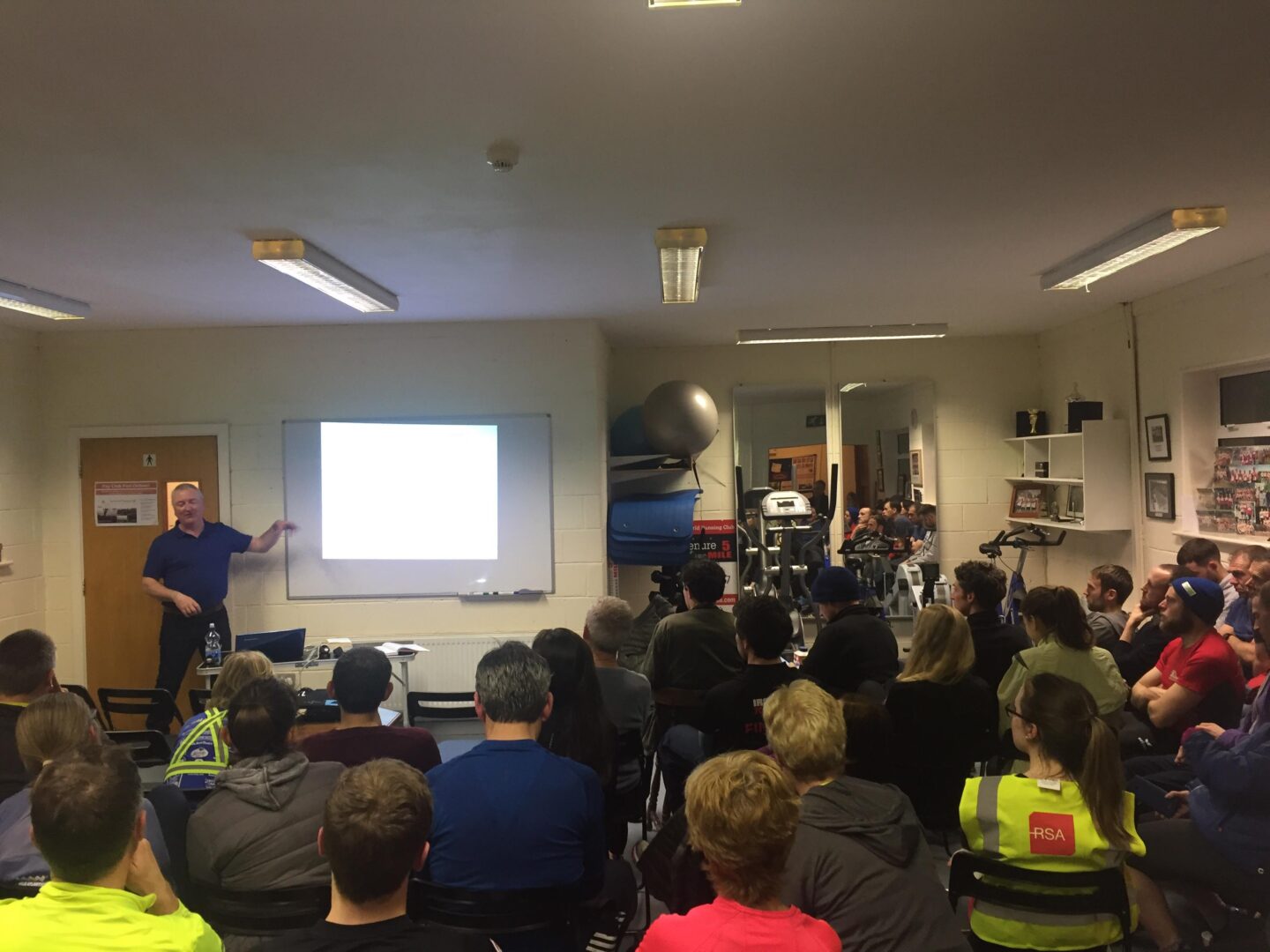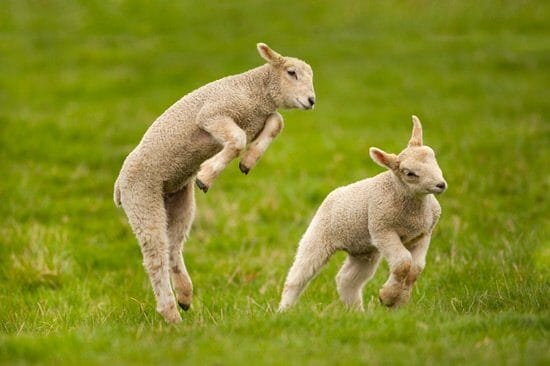The core is the foundation for your movements, enabling mobility in the upper and lower body, directing power efficiently to your limbs, and stabilising your spine, ribcage, and pelvis against the stress of those movements, or of external forces exerted upon them.
Core training focuses on three areas: core mobility, core stability, and core strength. Each of these plays an important role in the health, support, and function of your body, so achieving a balance between them is vital. The starting point of this process lies in learning how to activate, strengthen, and control the muscles of your pelvic floor.
What is core mobility? Core mobility refers to the movement of your spine and hips. There are five main movement patterns involved: isometric, flexion, extension, side flexion, and rotation. It is vital to mobilise your spine and hips
before exercise, to loosen tight muscles and encourage weaker, under-used muscles to function correctly. This helps to balance the relationship between muscle length and movement patterns, and allows for deeper muscle activation, improving your core
stability and strength. It is best to maintain a full, natural range of motion to keep your body functioning properly. Joints and muscles that are hypermobile (stiff) or hypermobile (too mobile) will inevitably lead to imbalances. When this happens,
one area of the body is forced to compensate for the lack, or greater range, of movement in another, increasing your chances of injury.
What is core stability? Core stability is the ability to control the position and movement of your midsection (trunk), in order to improve your posture and improve the efficiency of your limb movement. Core stability training targets the deep muscles of your abdomen, hips, and spine to create a base for support. The main deep muscles are the multifidus, transverse abdominis, and pelvic floor, which form a “cylinder” around the lower torso, with the transverse abdominis to the front, the multifidus to the back, and the pelvic floor forming the base. During most types of body movement—lifting, bending, sitting, twisting, walking, running, or jumping—these three muscles work to stabilise your lumbar spine, while your gluteus and quadratus lumborum muscles work to stabilise your pelvis.
The stability of your back depends on all of these muscles being strong and working together effectively. Because of the complex network of muscles and fascia (connective tissues) involved in this structure, activating or “waking up” your core is a key part of the training.
What is core strength? Core strength is the ability to perform challenging physical tasks that demand good form and control. As it involves all of the muscles of your core—both deep and superficial— it has a key role in core training,
but it is important to remember that good core strength requires a foundation of good core stability first. Core-strength training works by pushing your core muscles beyond their normal demands or by holding positions to increase endurance strength.
The greater the force exerted upon the body, the greater the amount of core muscle engagement, and thus the degree of core muscle activation and strength required. As you develop core strength through exercise, your movements will become adapted to
a higher level of skill and performance.
Athletics Ireland has a great series of exercises and video online specifically for runners. I can also recommend a great book called Science of Running by author Chris Napier for those who want to delve deep into the science of running.
Below you will find a few simple routines that focus on the muscles used during running. Think of it as building your endurance to run more without increasing injury risk. All of these exercises can be done at home without equipment and includes a good foundation of mobility, stability and strength. You could do it 2-3 times per week after your run.
*build up slowly by choose 3-5 exercises. Think quality over quantity.
Hip rotation stretch

- Place your feet slightly apart, and hands-on-hips.
- Raise your knee-bent leg.
- Perform knee rotation to the right and to the left.
- Change the leg.
- Do 10 repetitions for each leg.
Glute bridge

- Start with feet shoulder-width apart, fingertips touching heels.
- Slowly lift your hips off the floor, squeeze your bum at the top.
- Repeat 15 times.
- If you have an exercise ball you can make this exercise harder.
Rearfoot elevated split squat
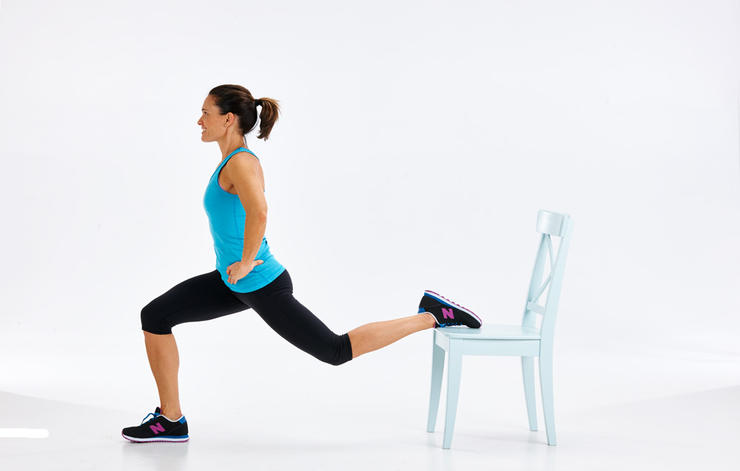
- Get in a staggered stance with your feet hip-width apart.
- Have your back foot elevated behind you on a chair or couch.
- Lower your torso straight down toward the floor.
- Bend your knees and allow a slight hinge at the hips.
- When your front leg is parallel to the floor, pause, then press through your heel to return to start.
- Perform three sets of 10 reps per side.
- Add weight as you progress.
Single-Leg RDL
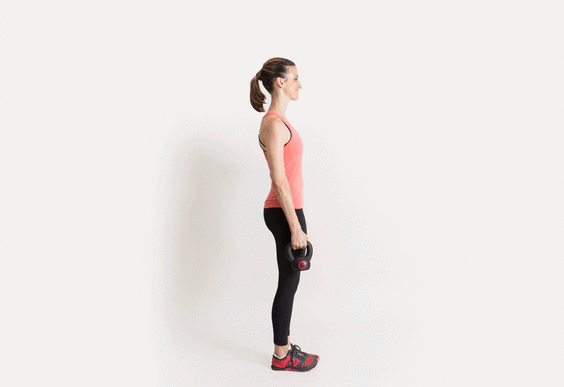
- Start with feet hip-width apart.
- Lean forward with a slight bend in the stance leg, don’t lock it out.
- The other leg is out straight.
- You want a straight line from head to heel, bending from your hips.
Heel drops
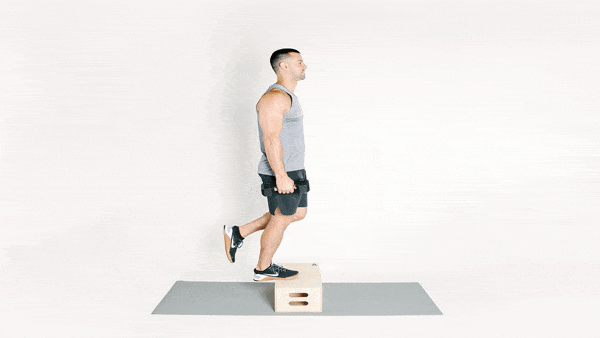
- Stand on the edge of a step.
- Shift weight to the right foot and lift left foot or cross it behind right ankle.
- Balancing on the ball of your right foot, lift right heel and pause; then lower.
- Hold on to a chair or stair for support.
- Slowly do 15 reps on each leg (taking 3 seconds).
- Add weight to progress.
Side-lying hip abduction

- Lie on the right side of your body with your ankles stacked.
- Use your right hand to support your head, and place the left-hand flat on the floor in front of you to help you stabilise.
- Keeping your spine aligned, lift your left leg toward the ceiling with the foot pointed inward.
- Pause at the edge of the movement, then lower your leg slowly back to the start position.
- Repeat 10 times with foot point inward and then repeat with the foot pointing outward.
Plank with shoulder tap

- Start in a press-up position.
- Make sure your hands are directly under your shoulders and feet are in line with hips.
- Keeping your hips as still as possible, lift one hand and tap it on the opposite shoulder.
- Repeat on the other side.
- Keep repeating this while still keeping your body as still as possible and squeezing your core tight.
- Do 20 times and add more as you progress.
Dorsal raise

- Rest your toes to the ground this will be your starting position.
- Rest your hands behind or beside your head and slowly move your upper body away from the floor.
- Hold the position for a second or two, then move your body gently back down towards the ground.
- Repeat the movements according to your level and goals.
Drop-squats

- Stand straight up with your feet about shoulder-width apart.
- Going from being dead still drop into a squat position as quickly as possible.
- Your knees should make a 90-degree angle for the squat and as you drop down to extend your arms straight forward.
- Hold the squat position for a second or two and then stand back up to starting position. This completes one repetition.
